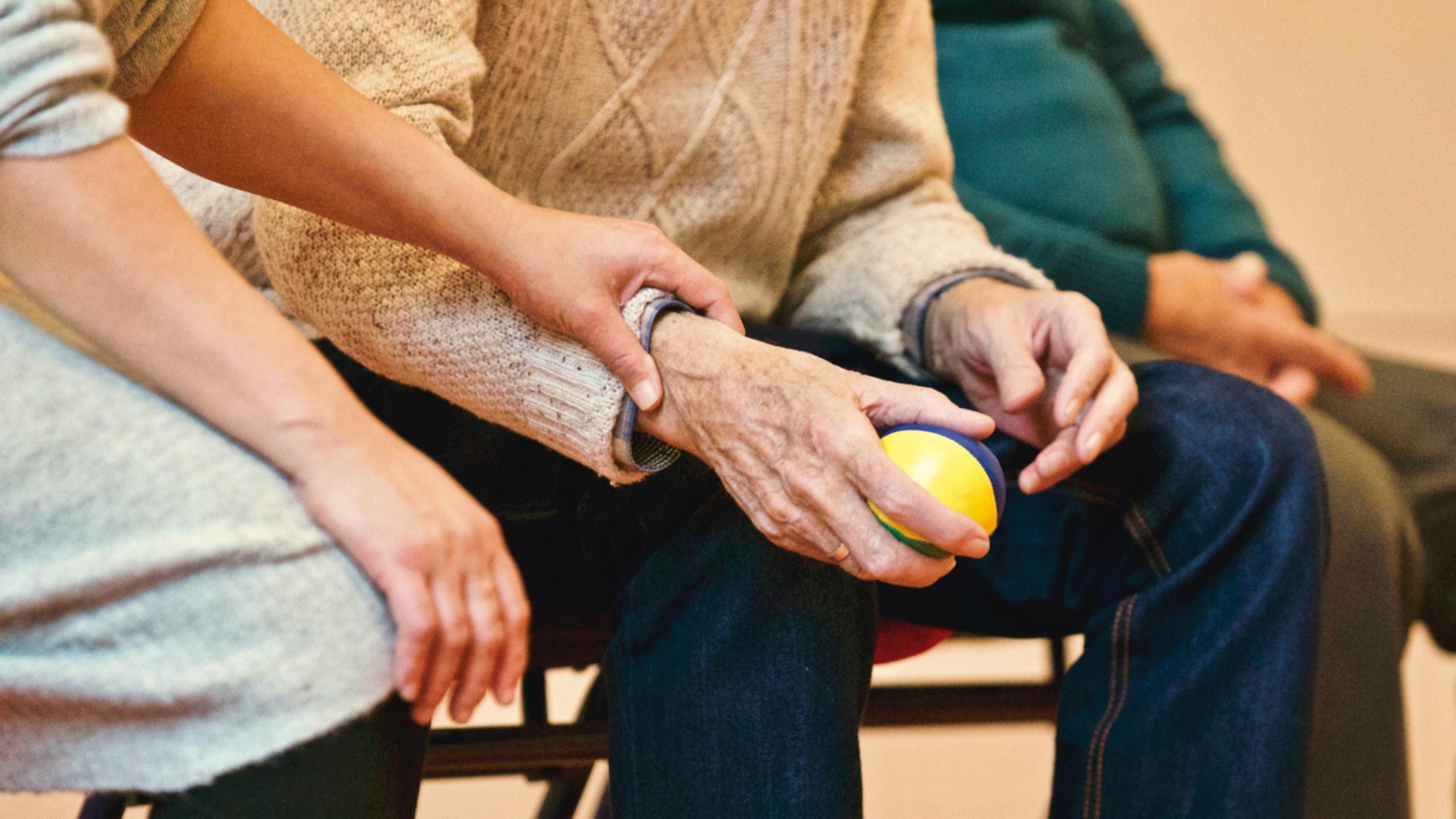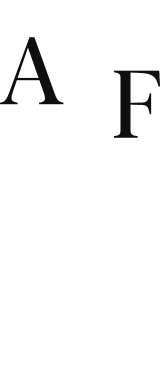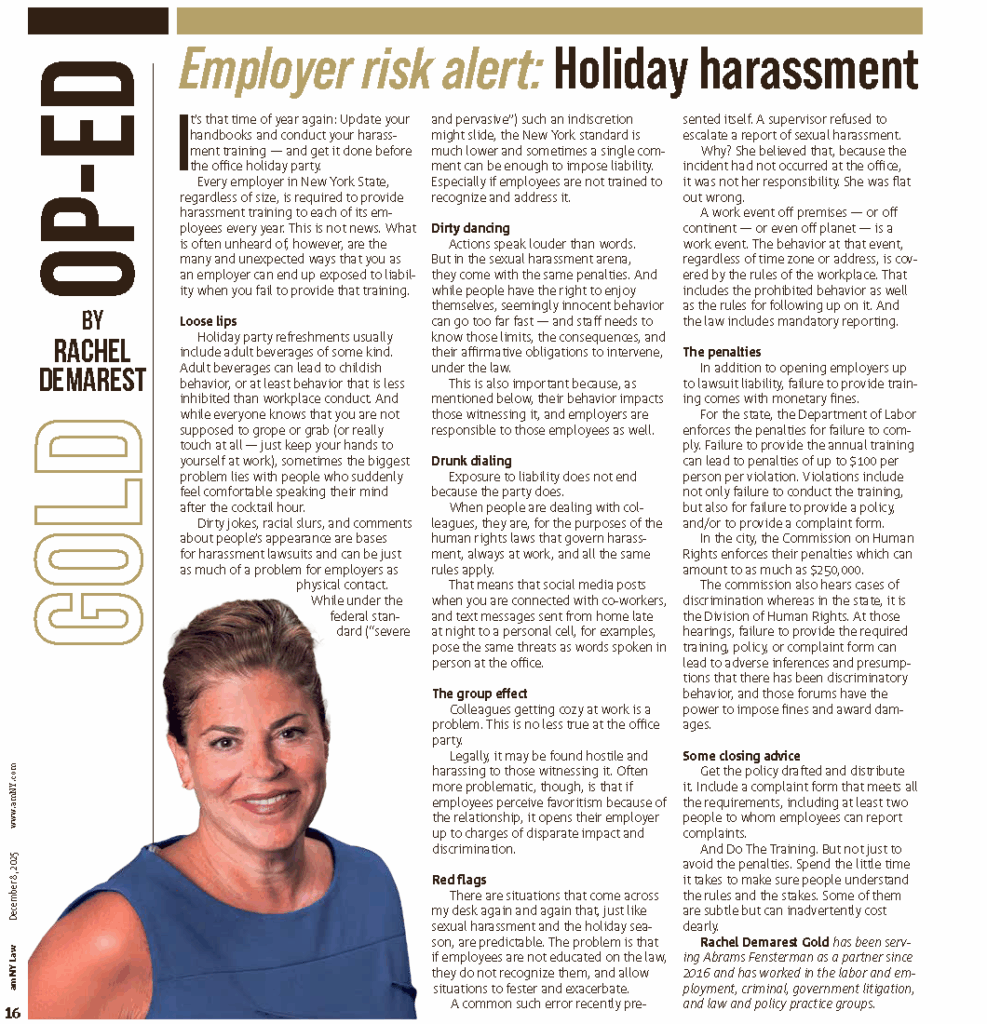By Patrick Formato and Barbara Stegun Phair
I. INTRODUCTION
The care and safety of the elderly and infirm is of the utmost importance. To this end, ensuring quality of care and quality of life for those individuals who reside (“residents”) in New York’s nursing homes is, and should be, a high priority of our state and federal governments. Over the last several years, there has been what some call an increase in enforcement of the laws and regulations that govern nursing homes in New York. Owners, operators and advocates of nursing homes have characterized the enforcement activities of the New York State Department of Health, as well as the New York State Attorney General as an “attack” on nursing homes and its operators and describing the industry as one that is under “siege.”
The Department of Health and the Attorney General’s Office are only two of the many government agencies responsible for oversight of the nursing home industry. The Office of the Inspector General of the Department of Health and Human Services, the Centers for Medicare & Medicaid Services of the Department of Health and Human Services, the FBI, US Attorney, the Department of Labor, Occupational Safety and Health Administration, the Food and Drug Administration and the Center for Disease Control are just a few of the other agencies responsible for enforcing the laws and regulations that govern nursing homes.
Although there has been an increase in enforcement on all fronts and by all agencies, this article will be limited to the increased enforcement by the New York State Department of Health. This article will explore the reasons behind the increased enforcement and whether or not the current enforcement policies and practices of the Department of Health (“DOH”) are actually achieving their stated goal of ensuring quality of care and quality of life of our elderly nursing home residents.
II. OVERVIEW OF THE SURVEY PROCESS
As a result of the birth of the Medicare and Medicaid programs in 1965, the Federal government became the primary payor for nursing home care. Nursing homes desiring to participate in the Medicare and Medicaid programs were required pursuant to the Social Security Act, to enter into Provider Agreements with the Health Care Financing Administration (“HCFA”) now known as “Centers for Medicare and Medicaid Services” or “CMS”). Furthermore, nursing homes electing to participate in the Medicare and Medicaid programs were required to meet specific requirements set forth in the Social Security Act (the “Act”) and the federal regulations set forth in 42 CFR §483.
In order to monitor nursing home compliance with the federal regulations, HCFA contracted with the states to inspect/survey nursing homes periodically. The state agencies (“SAs”) responsible for oversight of the facilities are required on the average to survey facilities at least once every twelve months. Furthermore, the largest period between surveys for any given facility cannot exceed fifteen months. In New York, the agency responsible for surveying facilities is the Department of Health (“DOH”).
In 1987, Congress passed the Omnibus Budget Reconciliation Act or as it is known, the “Nursing Home Reform Act” which provided dramatic changes to improve the quality of care and the quality of life for residents of nursing homes. Passage of the Nursing Home Reform Act was due in part to numerous scandals in the nursing home industry in the 1970’s.
The Nursing Home Reform Act established new requirements for nursing homes, as well as new enforcement provisions. The new enforcement provisions gave state agencies greater power to impose a “remedy” on a facility for non-compliance with federal requirements. Remedies include, but are not limited to, termination from the Medicare and Medicaid programs, Denial of Payment for New Admissions, ban on admissions and civil monetary penalties.
In New York , the DOH is charged with the oversight of nursing homes. In addition, to standard surveys conducted by the DOH, the DOH may conduct a complaint survey, which is often referred to as on “abbreviated survey” and is prompted by a complaint of a violation.
Survey results that include findings of non-compliance (referred to as “deficiencies”) are documented on a CMS-2567 form called a “Statement of Deficiencies”. Deficiencies are assigned a scope and severity level. The scope is intended to indicate the extent to which the deficiency effects the resident population. Scope is broken down into three (3) levels as follows:
- isolated;
- pattern; and
- widespread
Severity is intended to reflect the harm caused the residents as a result of the deficient practice. Severity has four (4) categories which are as follows:
- no harm with potential for minimal harm;
- no actual harm, but has potential for more than minimal harm;
- actual harm that is not immediate jeopardy; and
- immediate jeopardy to residents’ health or safety.
Each deficiency is assigned a scope and severity. Scope and severity are used to determine the remedies to be imposed against a facility. Survey results are public information. In fact, facilities are required to post their survey results in the facility. 1
Generally, if a federal remedy is imposed, a facility will be entitled to a formal appeal. Appeals are heard by an Administrative Law Judge who sits on the Departmental Appeals Board of the Department of Health and Human Services. Adverse decisions may be appealed to the Departmental Appeals Board.
In addition to the formal appeal process, each state is required to have an Informal Dispute Resolution process. Generally the process includes a Stage I review, which is a paper review of the deficiencies that a facility disputes. The facility is required to provide exhibits supporting its position. A Stage II review includes a meeting with DOH representatives.
III. RECENT SURVEY TRENDS
A. Number and Level of Citations
There is no question that over the past several years there has been a dramatic increase in the number of deficiency citations received by nursing homes in New York, as well as the level (i.e. scope and severity) of the citations. For example, in 1998, 17.25% of New York State skilled nursing facilities surveyed were cited with G level (severity – actual harm; scope – isolated) or above deficiencies. In 1999, 27.32% of all New York State facilities surveyed were cited with G level or above deficiencies (an increase of 58%). In just the first three quarters of 2000, the number of facilities cited with G level deficiencies rose another 25% to 34.16% of all facilities surveyed. 2
In addition to the dramatic increase in G level deficiencies there has also been a sharp increase in the citations for Substandard Quality of Care. Substandard Quality of Care is defined as:
“One or more deficiencies related to participation requirements under 42 CFR §483.13, resident behavior and facility practices, 42 CFR §483.15 quality of life, or 42 CFR §483.25 quality of care that constitute either immediate jeopardy to resident health or safety; a pattern of or widespread actual harm that is not immediate jeopardy; or widespread potential for more than minimal harm but less than immediate jeopardy, with no actual harm.” 3
In 1998, less than 1% of all New York nursing homes surveyed were cited with deficiencies that rose to the level of Substandard Quality of Care. In 1999, the number of facilities cited with deficiencies that constituted substandard quality of care rose by 255% over 1998. In the first three quarters of 2000, there was an increase of 9% over 1999. 4
In addition to the above, there has been a sharp increase in the number of nursing homes that have been cited for abuse, neglect or mistreatment. In 1998, less than 1% of all New York homes were cited for abuse, neglect or mistreatment. In the first three quarters of 2000, 19.8% of New York nursing homes were cited for abuse, neglect or mistreatment. 5
B. Strict Liability
In addition to the increase in the number of deficiencies cited, as well as the scope and severity, there is a trend to hold facilities strictly liable for the acts of their employees regardless of the apparent, and stated, intent of the regulations. For example, 42 CFR §483.13(c) provides:
“The facility must develop and implement written policies and procedures that prohibit mistreatment, neglect and abuse of residents and misappropriation of resident property.”
It is apparent from a plain reading of the regulation that the intent of same is to require facilities to adopt and implement policies and procedures to avoid occurrences of mistreatment, neglect and abuse. Furthermore, CMS’s Guidance to Surveyors (Appendix PP of the State Operations Manual) 6 clearly sets forth the intent of the regulation as follows:
“… the purpose is to assure that the facility is doing all that is within its control to prevent occurrences.”
Although it may not be unreasonable to infer a failure to develop and implement policies if there are several incidents of neglect or abuse, recently the DOH has been citing facilities for a failure to develop such policies based on isolated acts. This is clearly not the intent of the regulation. In fact, just recently an Administrative Law Judge of the Departmental Appeals Board of the Department of Health and Human Services addressed the issue of strict liability. In Oakwood Manor Nursing Center, Petitioner v. Centers for Medicare and Medicaid Services, CMS asserted “that wherever a single instance of abuse has occurred, the resident’s right to be free from abuse has been violated and the facility has not complied with the requirement of 42 CFR §483.13(b).” 7 Basically, CMS argued that no matter what steps the facility took to avoid abuse, the facility is strictly liable if abuse occurs. However, Marion T. Silva, Chief Administrative Law Judge, held against CMS finding that the regulation “does not impose a strict liability standard on a facility for any and all instances of resident abuse without regard to the surrounding circumstances. The regulation instead imposes a requirement on a facility to take all necessary steps to prevent a violation of a resident’s right to be free from abuse.” 8
C. Mistake or Neglect
Neglect is defined in the State Operations Manual as “a failure to provide goods and services necessary to avoid physical harm, mental anguish or mental illness”. Although the definition is quite broad, nursing home owners, administrators and staff have complained that surveyors are citing facilities with neglect for mere mistakes, misjudgments and accidents. To the general population, neglect connotes some kind of willful failure. However, an increasing number of facilities are being cited with a violation for a failure to implement policies to prohibit neglect, as well as a failure to report suspected neglect, when no such willful failure exists.
For example, one facility was cited for neglect based on an allegation that the facility failed to monitor a resident’s glucose for a period of ten (10) days, despite the fact that the attending physician, in his professional judgment, determined that such monitoring was not necessary. Furthermore, the physician had seen the resident just about every other day during such time period. Is this a case of neglect on the part of the nursing home? Should nursing home staff question a physician’s professional judgment? If in fact the glucose monitoring should have been performed, would not the failure to do same be a mistake/misjudgment of the physician and not neglect on the part of the nursing home?
D. Trivial Findings
Over the last couple of years, nursing home owners and administrators have complained about the DOH citing the facility for violations of federal law for trivial matters. For example, set forth below are two examples of reports made by owners and administrators which were included in a 2001 report prepared by the New York Association of Homes and Services for the Aging, an association representing over 560 not-for-profit and government-sponsored nursing homes, home care agencies, adult care facilities, assisted living programs and housing providers. 9>
The report included the following examples:
- In one facility a deficiency was cited because residents were served only one pat of butter with dinner; and
- Another facility was cited because it served cream of wheat rather than oatmeal.
The important thing to remember when considering the foregoing is the fact that the facilities were cited for violating both federal and state law. Furthermore, each facility was required to take the time and effort to prepare and submit a “Plan of Correction” to address the alleged violations. It is highly questionable whether focusing on such trivial and isolated matters is consistent with the intent of the federal regulations. Would not the time spent to address these issues be better utilized to ensure quality of care and life?
E. Failure to Follow Applicable Time Frames
Both the federal regulations and the State Operations Manual include specific time frames to be followed by the State Survey Agency in connection with the survey process. For example, 42 CFR §488.110 which sets forth the procedural guidelines to be followed by surveyors, states that the Statement of Deficiencies (CMS Form 2567) is to be provided to the facility no later (emphasis added) than ten (10) days after the survey. Despite such regulatory requirement, the DOH has often failed to meet its applicable time frames.
Failure of the DOH to meet such time frames results in hindering the facilities ability to correct alleged violations before certain mandatory penalties are imposed. For example, pursuant to 42 CFR §488.412(c), the remedy of a Denial of Payment for New Admissions (“DOPNA”) must be imposed if a facility has not corrected the alleged deficiencies within three (3) months of the survey date. Therefore, if the DOH provided the facility with the SOD with the 10 day time period, the facility would still have approximately 80 days to make all necessary corrections. When the DOH does not provide a facility with the SOD timely, the facility’s ability to make timely corrections is prejudiced.
In addition to affecting the facility’s ability to make corrections before a DOPNA is imposed, it obviously has an affect on the residents. It is in everyone’s best interest, specifically the residents, that any violations be identified and corrected as soon as possible to ensure that they do not re-occur and to further ensure that residents receive quality care and quality of life. Whether or not the DOH’s failure to comply with the time frames is due to their increased enforcement, including time spent on trivial matters, is an issue that should be reviewed.
IV. IS THE APPEALS PROCESS ADEQUATE?
As briefly mentioned above, there is a formal federal appeal process, however a facility is not entitled to an appeal unless an enforcement remedy giving rise to an appeal has been imposed. In other words, if a facility is cited for deficiencies, but no enforcement remedy is imposed by CMS, the facility will not be entitled to a federal appeal.
On the state level, there is not formal appeal process to challenge deficiency citations however, each state is required to have an Informal Dispute Resolution (“IDR”) process. 10 Informal Dispute Resolution is a two-stage process. Stage I consists of a paper review. Facilities have ten (10) days from the date of the survey to submit their request for an IDR which must include the facility’s arguments and supporting documents. The facility’s request is then reviewed by the DOH’s area office. Pursuant to DOH Memorandum 95-11, the DOH is supposed to respond to the Stage I request within ten (10) calendar days. If the facility is not satisfied with the DOH’s Stage I determination, it has two (2) calendar days to request a Stage II review. The Stage II review is supposed to be scheduled within five (5) calendar days of the request and consists of a conference call or face-to-face meeting with the area administrator, long term program director and/or their designees. Within two (2) calendar days, the DOH is required to notify the provider of its determination.
Many facility owners and administrators have complained that the process is arbitrary and capricious. The same agency that is citing the facility with a deficiency is also determining whether that citation was appropriate. It is important to remember deficiencies represent an alleged violation of law however, the individuals reviewing the validity of such violations are not lawyers or otherwise trained in law.
The end result is that if a facility is cited with deficiencies and CMS does not impose any federal remedy, the facility will be left without a meaningful appeal process. Although no formal remedy/penalty is imposed, since the results are public, the facility’s reputation is tarnished. Furthermore, nursing homes have become targets of plaintiff attorneys and the SOD can be used as a means of identifying causes of action against a nursing home. Just recently, in U.S. ex rel. Foundation Aiding the Elderly v. Horizon West11 the United States 9th Circuit Court of Appeals refused to dismiss a “qui tam” (“whistleblower action”) under the Federal False Claims Act 12 which was based on deficiencies set forth in a SOD. The action was brought by a resident advocacy group accusing a nursing home operator with defrauding the Government by submitting reimbursement claims for services it knew were substandard based on alleged deficiencies set forth in a SOD. Generally, the Federal False Claims Act makes it illegal for any person to knowingly present a false or fraudulent claim for payment of services to the federal government (e.g. Medicare and Medicaid). The False Claims Act provides for treble damages. Furthermore, it allows private individuals to bring a case on behalf of the Government and share in the proceeds of any recovery, provided that the underlying allegations are not based on public information. In Horizon West, the Court held that although the Plaintiff’s case was based on the allegations set forth in a SOD, which is public, same did not disqualify the Plaintiffs from bringing the action. Accordingly, when a facility is cited for deficiencies and no remedy is imposed, they become vulnerable to civil actions without any meaningful appeal process to challenge the validity of the alleged deficiencies.
Another recent trend in enforcement activity is for the DOH to seek fines pursuant to Public Health Law §12 for survey deficiencies. Public Health Law §12 gives the DOH the authority to impose a fine of $2,000 per violation of a term or provision of the Public Health Law. Since New York’s laws and regulations governing nursing homes mirror the federal regulations, when a facility is cited for a deficiency, it is cited for violating both federal and state law. Recently, there appears to have been a sharp increase in the number of facilities that the DOH has sought fines from pursuant to Public Health Law §12. In fact, some facilities have been put on notice of the DOH’s findings and intent to impose fines for deficiencies which are over two years old. If a facility becomes the subject of enforcement under Public Health Law §12, it will then be entitled to a hearing. The hearing proceedings are governed by 10 NYCRR Part 51. The hearing is before a DOH Administrative Law Judge. It is important to point out that the scope of the hearing is limited to whether or not the facility violated the New York State Public Health Law and not whether or not a violation of the federal regulations giving rise to the deficiencies cited on the SOD existed. Most of the cases settle before ever going to a hearing.
V. REASONS FOR INCREASED ENFORCEMENT
There have been several reports addressing the effectiveness of nursing home enforcement in New York. One report prepared by Representative Louise M. Slaughter and Representative Carolyn B. Maloney dated March 12, 2001 describes New York’s nursing home enforcement as inadequate. 13 The report points to the results of “comparative” and “observational” surveys. Comparative surveys are surveys conducted by federal surveyors after the state has surveyed a facility, after which the results are compared. During “observational surveys” federal surveyors accompany DOH surveyors and then rate the performance of the state. The report prepared by Representatives Slaughter and Maloney points to poor results on comparative and observational surveys, as well as the fact the New York on average cited less violations than other states, as a basis for its conclusion that New York’s enforcement is inadequate.
The foregoing report is only one of several reports addressing New York nursing homes and the adequacy of state inspections. Considering that New York is paid hundreds of thousands of dollars to conduct nursing home surveys, there is a great deal of pressure on the DOH to maintain its contract with CMS. Many have speculated the reports such as the Maloney report, as well as pressure from resident advocacy groups and negative publicity have led to the so-called “step up” in enforcement activity. Whatever the reason, the increases in enforcement activity are readily apparent to those in the nursing home industry and their advocates.
VI. DO THE MEANS JUSTIFY THE ENDS?
If the end result of the increased enforcement activity is improved quality of care and quality of life for our nursing home residents, it can be argued that the means do justify the ends. However, it is questionable whether the current enforcement policies of the DOH are, or will, actually improve quality of care. For example, facilities are required to report suspected abuse, neglect and/or mistreatment to the DOH. 14 These reports are made through the DOH Hotline which accepts all calls regarding suspected abuse, neglect or mistreatment, not just those made by the nursing homes themselves. In 1998, the total number of calls to the hotline was 1,118. In 2000 the total number of calls jumped to 1,930. In addition, the percentage of the calls made by nursing homes in 1998 was 67% compared to 81% in 2000. 15 It appears quite obvious that facilities are making many more reports of suspected abuse, neglect or mistreatment, however is this the result of increased awareness resulting in better care and quality of life, or as a result of a fear of being cited with a deficiency for failure to call in an occurrence even though the facility does not actually believe that same constituted abuse, neglect or mistreatment? Based on the numbers, it appears the latter may be true. Although the number of hotline calls increased by 73% from 1998-2000, the total number of calls in which credible evidence of abuse, neglect or mistreatment was found decreased by 44%. 16 Of the 1,930 hotline calls made in 2000, in only 123 (11%) was credible evidence found to support the complaint. 17
When a facility calls the hotline to report suspected abuse, neglect or mistreatment, it is also required to conduct a thorough investigation including interviewing staff members, family members, and the resident, if possible, as well as a review of medical records. Such investigations take up a considerable amount of time and effort by staff members. If in fact the increase in hotline calls is a result of a fear of receiving a deficiency despite having no reason to believe an injury was the result of abuse, neglect or mistreatment, then the question is whether the time spent on investigating such matters could be better spent rendering care to the residents.
Furthermore, would the time spent by staff on Plans of Corrections to address trivial issues or isolated occurrences that do not represent facility practices or the quality of care rendered by the facility be better spent on rendering care, training and other means to improve quality of care and the quality of life of residents?
VII. CONCLUSION
While it is obvious there has been a “step-up” in enforcement by the DOH, the question remains as to whether such increased enforcement is actually improving the quality of life of New York’s nursing home residents. Nursing homes and their advocates will tell you that the current enforcement activities may actually have a negative effect on quality of care. While those advocating for the elderly will tell you that even more enforcement is necessary. In any event, it appears as though the entire process should be scrutinized and amended, if necessary, to further the goals of the federal regulations and ensure that our most vulnerable population receives the care and treatment they deserve.
If you would like more information about this topic or any other topic contact Barbara Stegun Phair.
1See 42 U.S.C.A. §1396 r (c)(8)
2See Quarterly Report on the Progress of Nursing Home Initiative to Senator Grassley by HCFA Calendar Year 2000 Fourth Quarter
3Id.
4See Quarterly Report on the Progress of Nursing Home Initiative to Senator Grassley by HCFA Calendar Year 2000 Fourth Quarter
5Id.
6The State Operations Manual is a manual produced by CMS setting forth guidelines that state survey agencies must follow.
7See Oakwood Manor Nursing Center, Petitioner v. Centers for Medicare & Medicaid Services
8Id.
9See Bad Medicine; How Government Oversight of Nursing Homes is Threatening Quality of Care, a report from New York Association of Homes and Services for the Aging – August 2001
10See 42 CFR §488.331
11See U.S. ex rel Foundation Aiding the Elderly v Horizon West 01 C.D.O.S. 8084
12See 31 U.S.C. §3279
13See New York’s Nursing Home Enforcement Has Been Inadequate a report prepared for Rep. Louise M. Slaughter and Rep. Carolyn Maloney Minority Staff, Special Investigations Division Committee on Government Reform, U.S. House of Representatives, March 12, 2001
14See 42 CFR §483.13 (c)(2)
15See NYSDOH Resident Abuse and Complaint Investigation Data Report 1998-2000 Annual Report
16Id.
17Id.





